Preservation and promotion of traditional craft village heritage
According to statistics from the Ministry of Agriculture and Environment, there are more than 5,400 craft villages nationwide, of which the Red River Delta region alone has about 1,500 villages, with around 300 recognised as traditional craft villages.
Over thousands of years, craft villages have developed based on geographical and demographic characteristics, concentrated most densely in areas surrounding the ancient capital and trading hubs.
 |
|
Products from many craft villages displayed at major commercial centres. |
Within the flow of history, residential areas in the Red River Delta have taken shape. Along with this, traditional craft villages have emerged and developed with products serving the needs of residents in the region and neighbouring areas.
After the merger of Ha Tay Province in 2008, Ha Noi became the locality with the highest number of craft villages in the Red River Delta, with 1,350 craft villages and villages with crafts.
The craft villages of Ha Noi have actively contributed to restructuring and developing the capital’s economy, laying the foundation for the successful implementation of the One Commune One Product (OCOP) programme and the building of new-style rural areas in the city.
To date, Ha Noi has evaluated and ranked 3,317 OCOP products (accounting for 21.3% of the national total); of these, there are six 5-star products, 22 potential 5-star products, 1,571 4-star products, and 1,718 3-star products, leading the country in the number of OCOP products.
After merging Ha Nam and Nam Dinh on July 1, 2025, the newly established Ninh Binh Province became one of the localities with the highest number of craft villages in the Red River Delta, with more than 450 craft villages. These villages not only create jobs and increase income for local people but also preserve the distinctive cultural features of each region.
Along the Red River are famous pottery villages such as Bat Trang (Ha Noi) and Tho Ha (Bac Ninh). In the alluvial lands, mulberry growing and silkworm rearing areas have developed alongside famous silk weaving villages such as Ha Dong (Ha Noi) and Nha Xa (Ninh Binh).
With overall development, the scale and production level of craft villages have also changed significantly. Bat Trang village (Ha Noi) alone has more than 700 ceramic production households and over 200 ceramic enterprises, with 27 Ha Noi artisans and over 100 Vietnamese craft village artisans.
Bat Trang ceramic products, crafted by the skilful hands of artisans and embodying the quintessence of pottery over 1,000 years of history, are diverse in models and designs, falling into three main categories: household ceramics, worship ceramics, and decorative ceramics.
These products are not only sold domestically but are also exported to more than 10 countries worldwide, generating annual revenue of about 2 trillion VND.
In Dien Xa Commune, a locality with a bonsai craft tradition in Ninh Binh, there are currently more than 40 enterprises producing and trading bonsai, with an average annual income of 72 million VND per worker.
In addition, Ninh Binh also has lacquerware craft villages such as Cat Dang, wood carving in La Xuyen, bronze casting in Tong Xa, fish sauce production in Sa Chau, silk reeling in Co Chat, and toy figurine making in Ha Duong. These villages not only contribute to restructuring the local economy but also create tourism products of national and international stature.
However, with the flow of development, many traditional craft villages have gradually faded away. According to statistics from the Ha Noi Department of Agriculture and Environment, from 1,350 craft villages and villages with crafts in 2008, there are now only over 800 in the city.
In 2024 alone, Ha Noi listed 29 craft villages that have declined and need to be reviewed and proposed for removal from the “List of recognised craft villages and traditional craft villages”.
Many villages have almost ceased activity, such as the Dao Xa musical instrument-making village in Dong Lo Commune, which has seen a 90% reduction in households engaged in the craft after just over 10 years, despite artisans’ efforts to preserve the ancestral trade.
Similarly, the com (green rice flakes) craft in Me Tri village, dating from around the early 20th century and recognised as a traditional craft village by the city People’s Committee in 2016, was designated as a national intangible cultural heritage in 2019.
However, in 2024, the Me Tri com village, along with 28 other traditional craft villages, was listed as declining and in need of review and possible removal from the “List of recognised craft villages and traditional craft villages”.
To preserve, maintain, and develop craft villages, and to promote the traditional cultural values of craft villages in general and those of the Red River Delta in particular, the Government has approved a programme to preserve and develop Vietnamese craft villages.
The programme’s objectives include preserving and developing crafts and craft villages; promoting production; enhancing competitiveness and added value of products; creating jobs and increasing incomes for people; protecting landscapes, spaces, and the environment; and building cultural villages and residential areas, thereby contributing to the sustainable socio-economic development of rural areas.
The programme sets the target that by 2030, at least 129 traditional crafts and 208 traditional craft villages at risk of decline and disappearance will be restored and preserved; 213 new crafts and 96 traditional craft villages will be recognised; about 301 craft villages linked with tourism will be developed; over 80% of craft villages and traditional craft villages will operate effectively; 100% of workers in craft villages will be trained to improve their skills; and 100% of production facilities and households will meet environmental protection regulations.
To achieve these goals, the concerted efforts of ministries, sectors, and localities are required in developing and effectively implementing planning for craft and craft village development in line with the overall socio-economic development plan for the entire region and each locality, as well as planning for industry development and craft village clusters. This must also ensure good coordination between craft village production, residential clusters, agricultural production, and new rural construction.
In addition, there must be mechanisms to ensure capital for the development of craft village production, along with maintaining a stable socio-economic environment.
Efforts should be made to diversify capital sources, mobilisation methods, and lending mechanisms to focus investment in craft village development.
Policies should encourage and support craft villages in applying advanced equipment and technology in production, while also supporting human resource training for craft village development by expanding training scale and diversifying training methods.
Support and favourable conditions should also be provided for all economic sectors in craft villages to find and expand markets both domestically and abroad.
Trade promotion activities for craft village products should be strengthened through advertising, participation in domestic and international exhibitions, and trade fairs.
 Bắc Ninh
Bắc Ninh

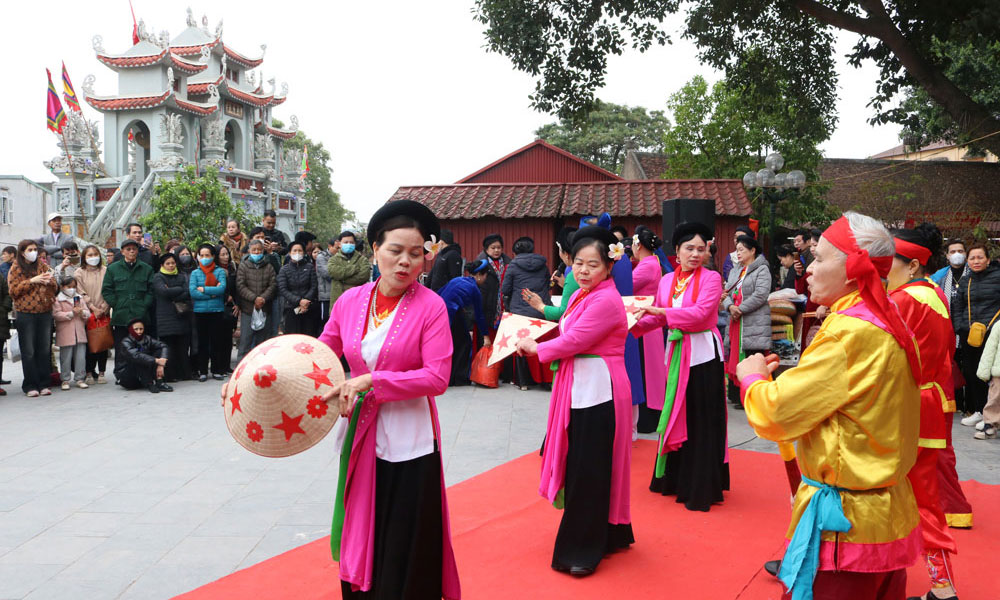
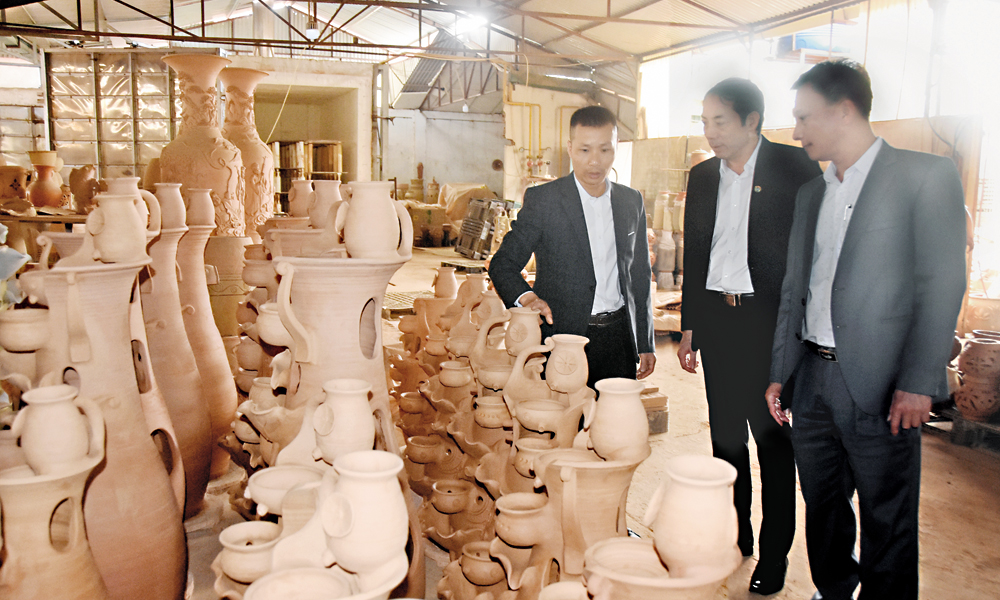


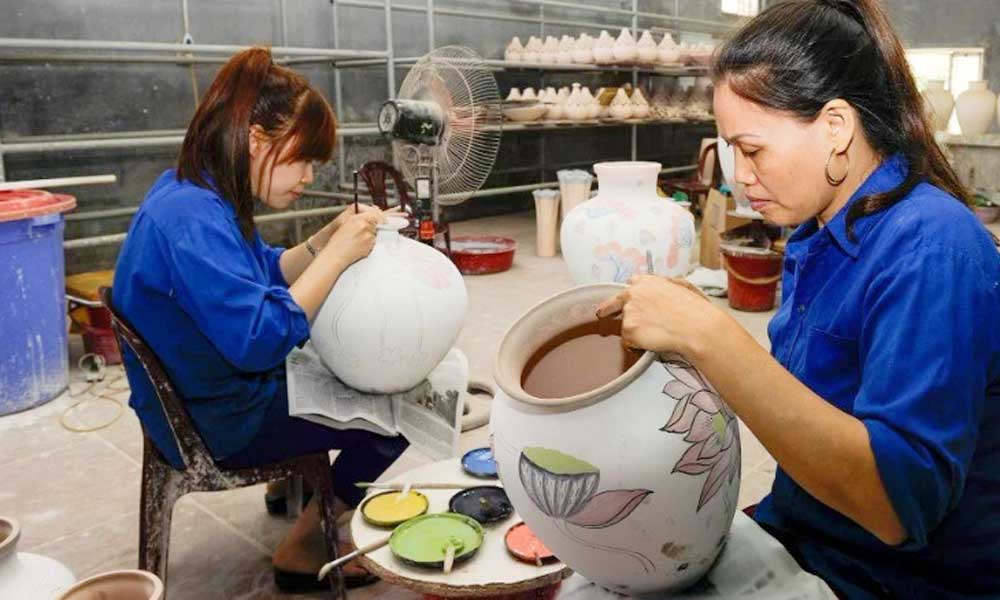
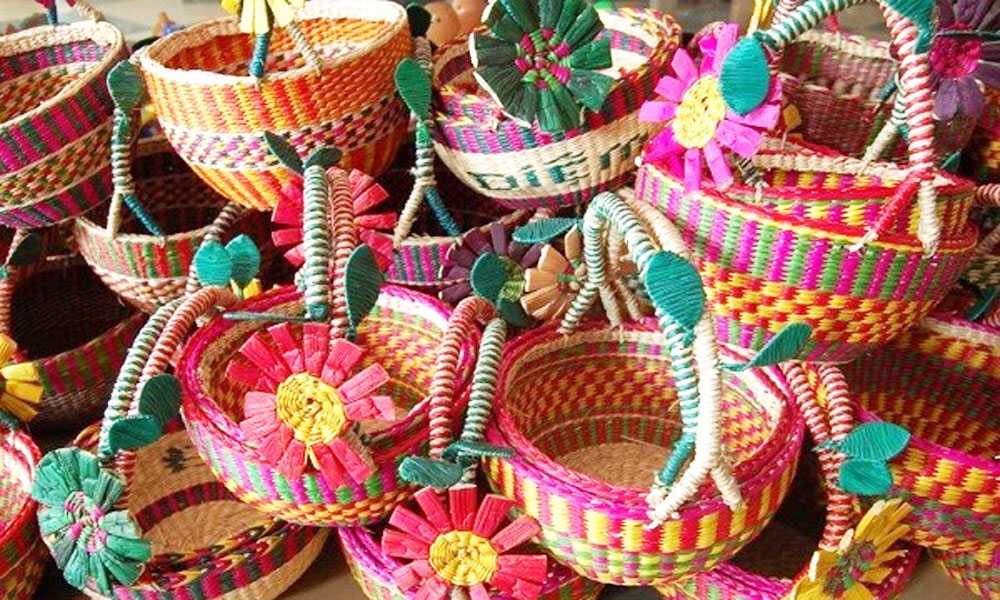
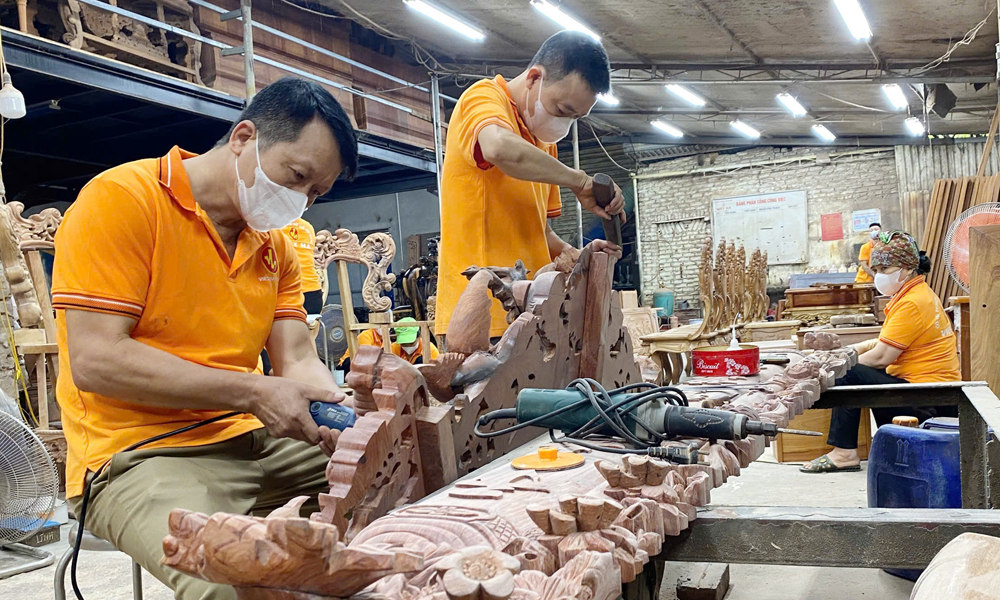



Reader's comments (0)